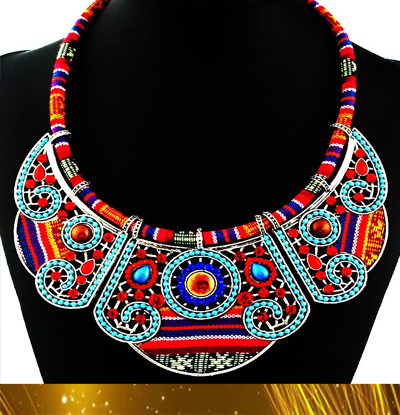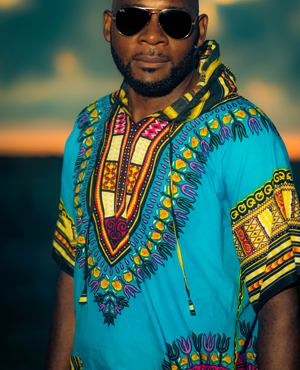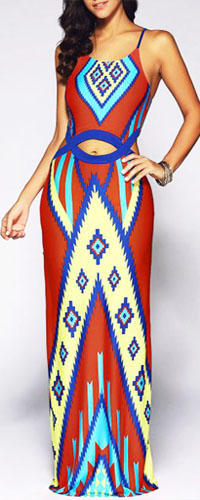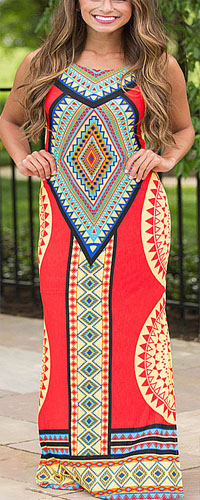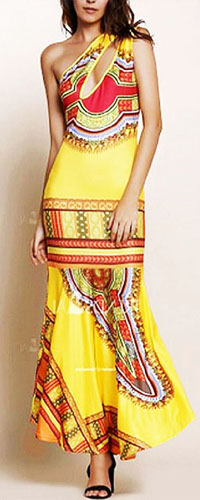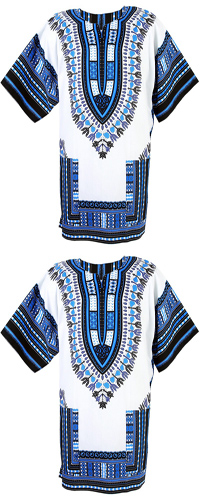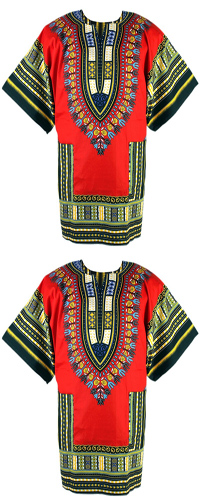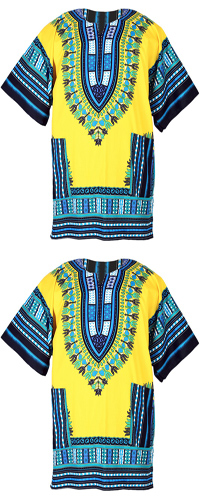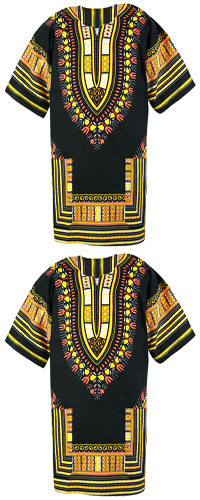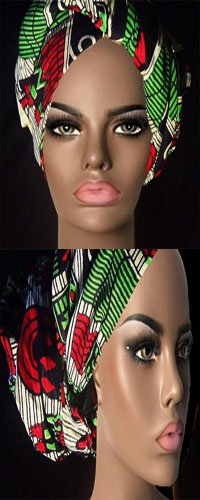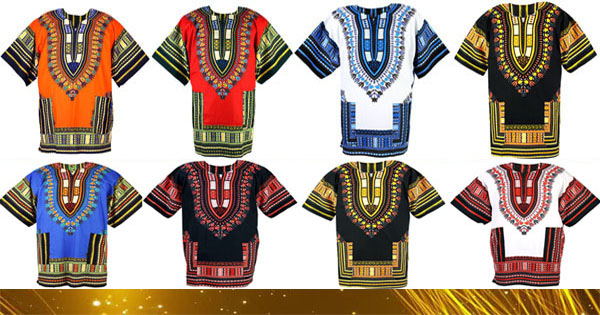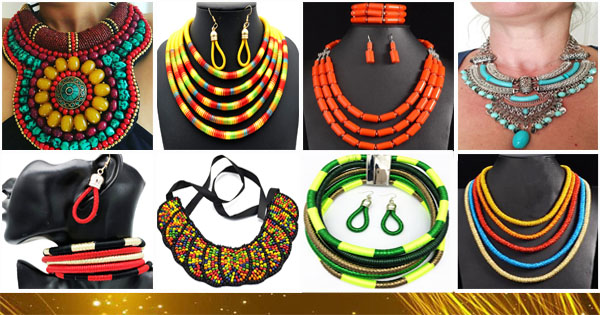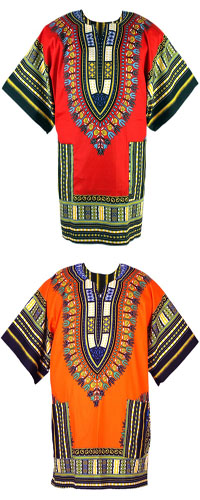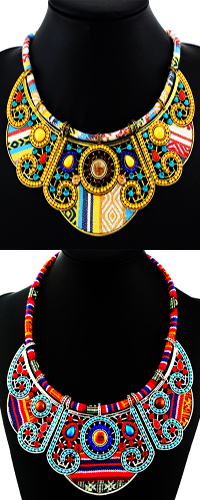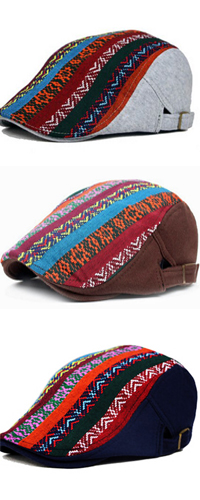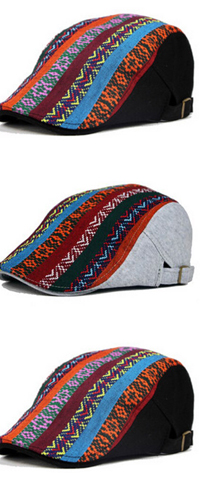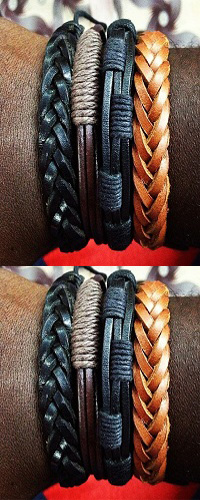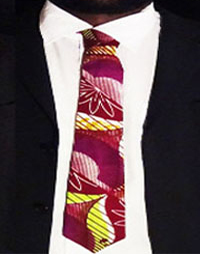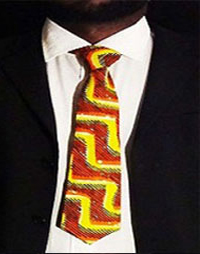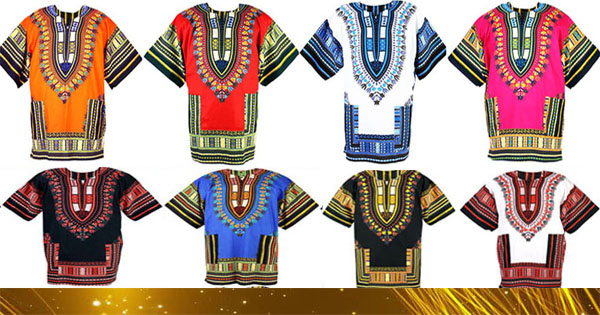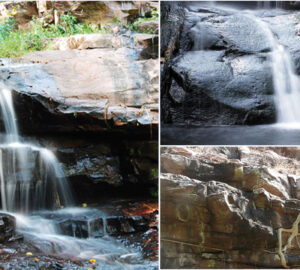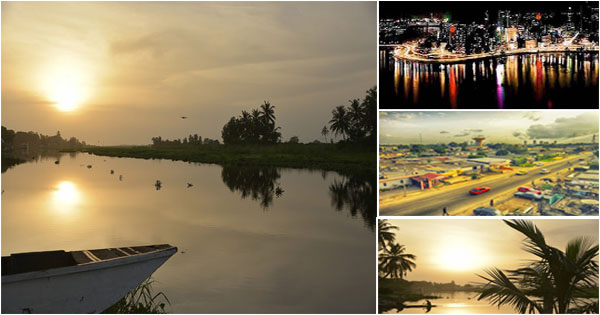
Top 25 places to visit in Ivory Coast
Located in West Africa between Liberia and Ghana along the Gulf of Guinea, Côte d’Ivoire became an independent country in 1960. With a population of over 25 million, Côte d’Ivoire has to contend with breathtaking scenic beauty backed by a friendly climate and traditional internal conflicts that hamper tourism in the country. But with its sandy beaches on the east and west coasts, its rocky cliffs, its fauna and flora, this country deserves to be discovered..
Direction Abidjan.
Nicknamed “the Paris of West Africa”, it is home to many French and foreigners, making it the most cosmopolitan city in the region. With popular neighbourhoods such as Adjamé, Cocody, Marcory, Treichville, you will not be disappointed by the Ivorian atmosphere. But what are the tourist sites to visit in Abidjan.
- 1) Abidjan National Museum.
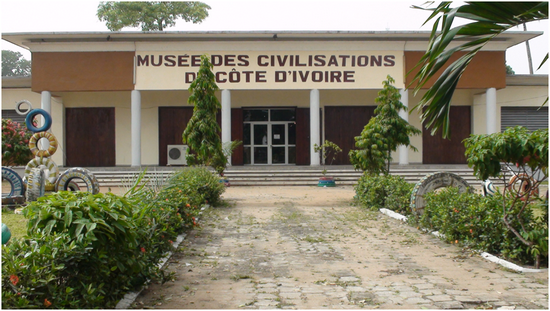
In the National Museum in Abidjan, there is a magnificent collection of objects such as pottery, musical instruments, tools and various items, which tell the story of this country..
- 2) St. Paul’s Cathedral, Abidjan.

St. Paul’s Cathedral is a must-see. It was designed by the Italian architect Aldo Spirito. It is a modern and attractive place.
- 3) Banco National Park.

Located in the heart of Abidjan, the Banco Park is a site to visit for its fauna, its primary forests (arboretum) and its flora. There are rare species of wood such as mahogany or avodire, etc. If you are hungry, there is a restaurant and places to picnic. There are also walking trails.
- 4) Discover hot nights of Abidjan.
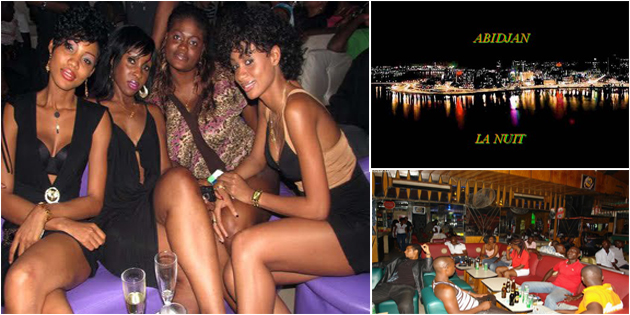
Coupé décalé, zouglou, if you have the chance to go to Côte d’Ivoire, we advise you to go to the rue princesse which is popular for its large maquis where you can eat and drink and its nightclubs. All night long, it is a lively place, punctuated by music. We strongly advise you to go and do some dancing with a very welcoming population.
- 5) Abidjan Zoo

In Ivory Coast, you can visit the Abidjan Zoo, which has mammals, reptiles and birds. It is the favourite place of the Ivorian school children.
- 6) Comoé National Park (570 km from Abidjan)
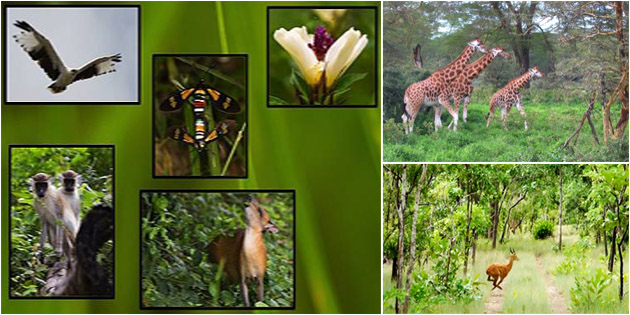
_Founded in 1968 under the name “Réserve de Bouna
570 km from Abidjan, in the northwest of the country, is the Comoé National Park, which is the largest reserve in West Africa. It is a UNESCO World Heritage Site with its 3,000 hectares of pristine rainforest, wildlife and plant diversity. There are lions, elephants, buffaloes, green monkeys, hippos, baboons, several species of antelopes, twenty-one species of pigs and leopards.
Accommodation is available in the hotels in the villages surrounding the park. … Access to the park is facilitated by the construction of a landing strip near the park. The road is paved as far as Bondoukou, 180 km from Bouna. It is preferable to go there with a driver..
Further south in Ivory Coast: Grand-Bassam.
Located 43 kilometres east of Abidjan, Grand-Bassam is in the Sud-Comoé region. Grand-Bassam has made great efforts to attract many tourists and has become a major resort. There are many hotels and restaurants and there are regular conferences and seminars. The French Quarter has been a UNESCO World Heritage Site since 3 July 2012. But what are the places to discover in Grand-Bassam?
- 7) The costume museum in Grand-Bassam

Created in 1981, located in the south of Ivory Coast, at the corner of Treich-Laplène and Gabriel Angoulvant boulevards, the Costume Museum presents a collection of national costumes of Ivorian dress. There are traditional costumes (made of bark), modern ones with industrial textiles, miniature masks, wooden figurines, life-size statues and models of traditional habitats.
- 8) Grand-Bassam Ceramic Centre
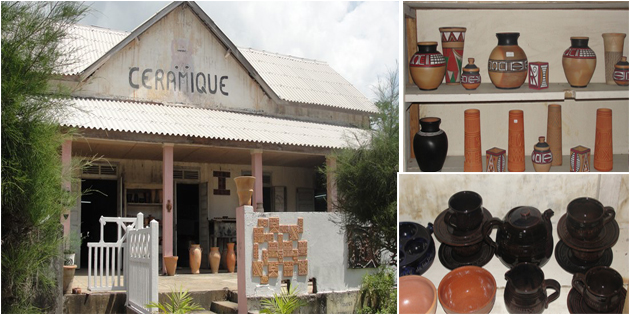
Created in 1982 by a group of 7 artisans, the ceramic centre in Grand-Bassam is a small factory in the Bouët street, in the France district, which manufactures porcelain plates, placemats and other decorative objects. It is a training centre and an exhibition/sales venue..
Phone: (+225) 02 582 660/ (+225) 08 026 385.
- 9) Grand-Bassam lighthouse.
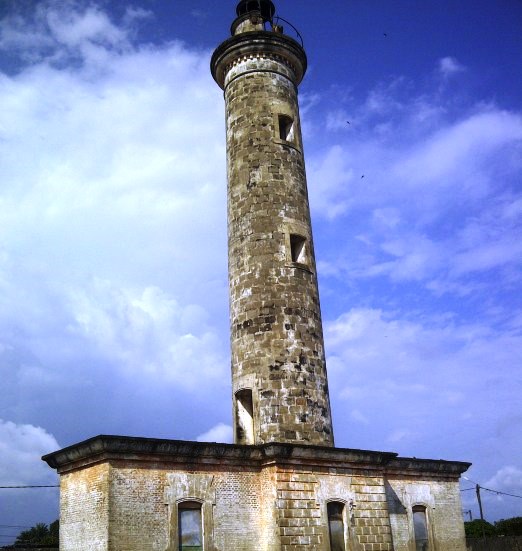
The lighthouse is a 17m high building. It is a reminder of the economic boom experienced by the town of Grand-Bassam during the colonial era. Its construction lasted one year and was completed in 1914, but it was not put into service until 1915.
Its lantern, with a range of 33 km, lost the orientation of many ships off the Ivorian coast. It was extinguished in 1951 when the port of Abidjan was inaugurated.
Today, it has been listed as a UNESCO World Heritage Site along with the city.
- 10) The old post office in Grand-Bassam.
The post office and the customs house, now the House of Cultural Heritage. Renovated in 1894, the buildings were imported in kit form at the end of the 19th century and assembled on site by Ivorian workers who were responsible for the masonry work. On 11 July 2002, the building was attached by decree to the Ministry of Culture and Francophonie, which turned it into the Heritage House..
|
|
- 11) Visit to local artisans.

In the streets of Grand-Bassam, there are many craftsmen. Indeed, you will find many craftsmen who make beautiful kita or kenté cloths worn by the Akan kings. The kita or kenté loincloth is a true symbol of cultural wealth in Côte d’Ivoire. You will also find antique dealers who have masks and statues..
Visit of the capital Yamoussoukro.
Located 240 kilometres north of Abidjan, in the lake region, Yamoussoukro, pronounced “yam-so-kro”, is the new capital of Côte d’Ivoire.
- 12) La basilique Notre-Dame de la Paix.
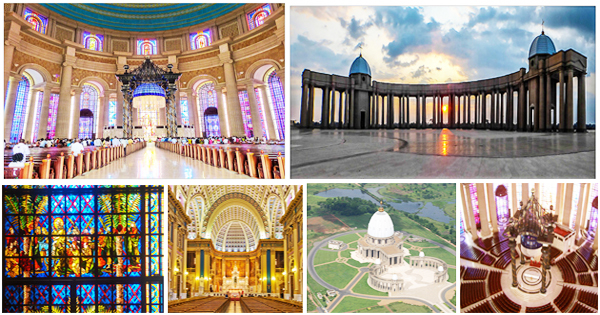
The Basilica of Our Lady of Peace is the most visited attraction by many tourists. It is a Catholic religious building built on 130 hectares and has 8,400 m2 of stained glass windows, one of which represents the face of Félix Houphouët-Boigny. Its appearance is reminiscent of St. Peter’s Basilica in Rome, but it is 17m higher than the original and rises 158m above the surrounding vegetation.
It can accommodate 200,000 people, 7,000 inside and 150,000 on the esplanade. It was recognised in 1989 by the Guinness Book of World Records as the largest Christian religious building in the world.
- 13) The crocodile lake surrounding the presidential palace.

The lake and its crocodiles are a famous tourist attraction. The crocodiles, more precisely caimans, weigh one ton and measure up to six metres long. They swim in the three artificial lakes that protect the entrance to the palace and make spectacular leaps of several metres to grab their food. They are usually fed around 5pm. For the Ivorians, the lake and the crocodiles are sacred. There is a mystique about them.
- 14) Adja Swa Museum
Masks, musical instruments, Baoule statues and many other objects can be seen there. The Adja Swa Museum has been closed.
- 15) The Aboukouamékro Wildlife Park.
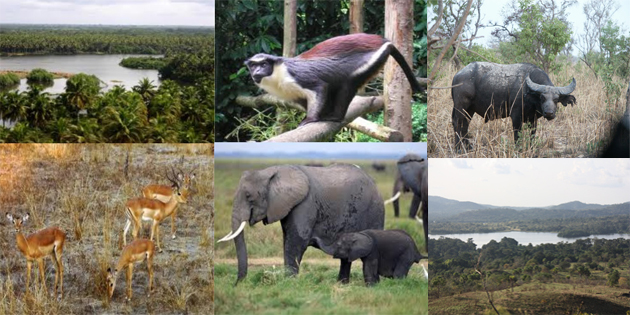
_Creation of the reserve: 19 August 1993
Located 50 km north of Yamoussoukro, in the Baoule region, the Aboukouamékro wildlife park has an area of 20,430 hectares. The park is home to white rhinoceroses, giraffes, buffaloes, hartebeest rhinoceroses, antelopes, particularly the harnessed guib and cob, and many other animal species.
- 16) Marahoué National Park.
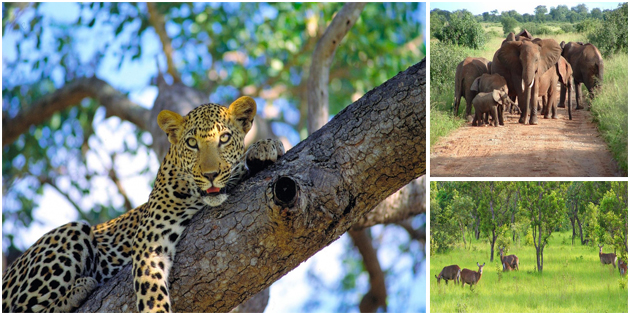
Created in 1968, in the Bouaflé-Daloa region, the Marahoué National Park is a UNESCO World Heritage Site and a favourite destination for safari seekers.
It has an area of 101,000 hectares. Bordered by the Marahoué or Bandana River, the park has savannah landscapes and virgin forest. There are many animal species, such as elephants, the doguera baboon, cynocephalus, crocodiles, antelopes (Buffon’s cobe, fassa cobe), hartebeests, hippos, panthers, civets, warthogs, as well as more than 300 bird species.
For tourists:
There is a holiday village with bungalows and rooms. There is a visitor centre at the entrance to the park with the possibility of a tour guide.
Picnic and restaurant areas.
A swimming pool is being developed.
How to get there?
From Yamoussoukro, from Abidjan, take the road to Bouaflé, then the direction of Daloa. The entrance to the park is 28 km from Bouaflé, in the villages of Gobazra and Bognonzra.
Prices
- The entrance fee for the Park is CFAF 3,000 per adult.
Fixed prices for groups can be obtained from the Park’s management at (225) 68-48-73.
Guides (3,000 FCFA for half a day and 5,000 FCFA for a day) are available at the Gobazra post at the entrance to the Park.
- 17) Yamoussoukro golf course.
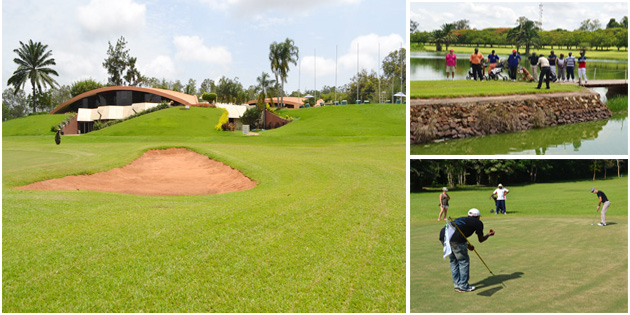
The Yamoussoukro international golf course was created by the Félix Houphouët-Boigny initiative. It was designed by the architect Dave Thomas, a former Welsh champion.
Rates:
- Green fee : 12 000 FCFA
- Caddy : 5 000 FCFA
- Bucket of ball : 1 000 FCFA
- Flag (local beer) : 1 000 FCFA
The coastlines
- 19) Towards the beaches of Ivory Coast

With fine sandy beaches, Côte d’Ivoire’s coastline stretches for more than 500 km facing the Atlantic Ocean and the Gulf of Guinea. The east and west coast of Côte d’Ivoire has beautiful beaches (Abidjan, San-Pedro Grand-Bassam and Assainie), bordered by coconut plantations, rocky cliffs and sandy coves to the southwest. It is a heavenly place for rest and recreation.
Sassandra’s beaches
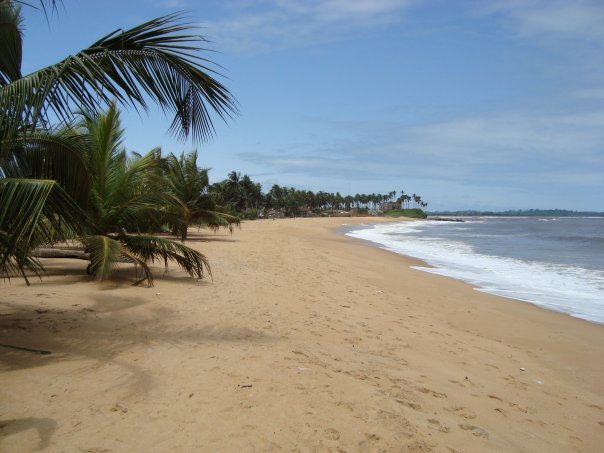
For example, you can go to Sassandra, 210 km west of Abidjan, which is known for its wonderful sandy beaches and rocks. Plage Le Bivouac is within walking distance. From Abidjan, there is a bus that takes you to Sassandra..
To get to the other beaches you will need to take a taxi.
You can also visit the fishing village of the Fanti ethnic group. There is a nice Poly-Plage and its small Fanti fishermen hamlet..
Assouinde’s beaches.
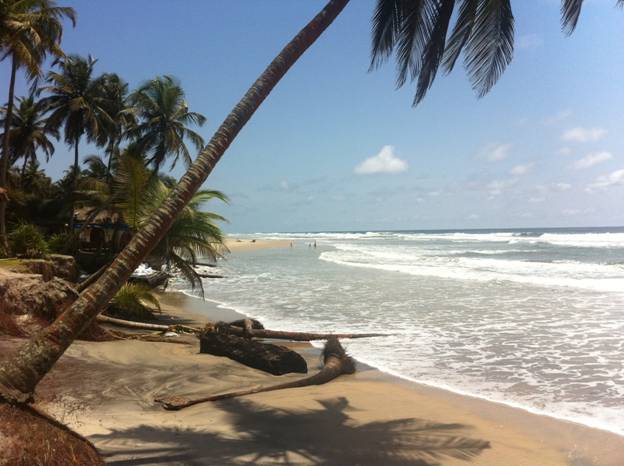
In addition, you can discover the deserted beaches of the town of Assouinde, 30 miles east of Abidjan. It is a seaside resort, with palm-fringed hotels. It is possible to surf..
The Grand-Lahou beaches.
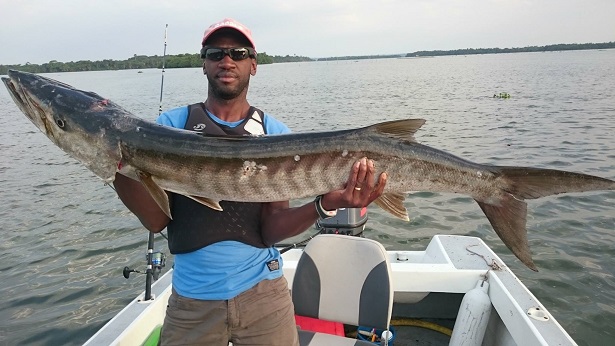
La plage de Grand Lahou est populaire chez les touristes et ivoiriens pour ses plages de cocotiers. Il y a des possibilités d’hébergement avec les nombreux hôtels avoisinant.
Grand-Bassam beaches
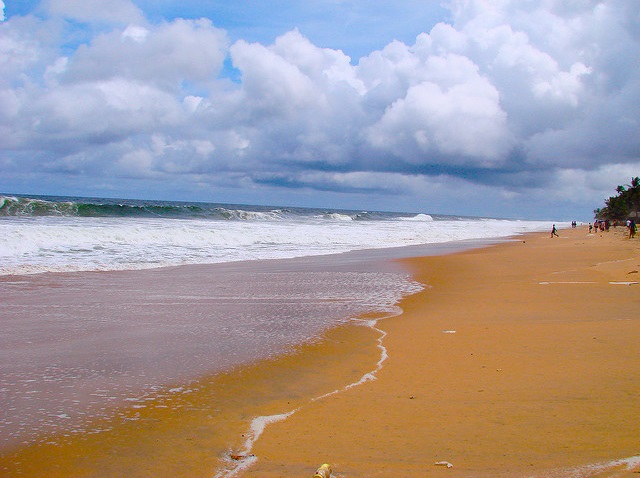
There is also the beach of Grand-Bassam which is visited by many tourists for its fishing and water activities. You will find the best restaurants to eat the good food of the country..
The beaches of Assinie.

The richest Ivorians go to relax on the beaches of the village of Assinie, as it has two holiday villages..
What are the various activities to do on the Ivorian coast?
- Practice many water sports.
- Sunbathing in the sun.
- Walking on the cliffs.
- Visit the boat cemetery. (organised by Société des transports abidjanais Sotra)
- Visit to the bay of the billionaires. (organised by Société des transports abidjanais Sotra)
The town of Man in Abidjan.
- 20) Discover the city of Man.
To the northwest of Abidjan, you will find the city of Man. Nicknamed “The city of 18 mountains”, Man is a mountainous landscape of green hills and densely wooded plateaus. You can meet the weavers of Man.
From Abidjan, Air Ivoire flies to Man twice a week, but you can take the bus and taxi if you prefer.
But what are the main attractions?
- 21) Visit to the waterfalls of Man..
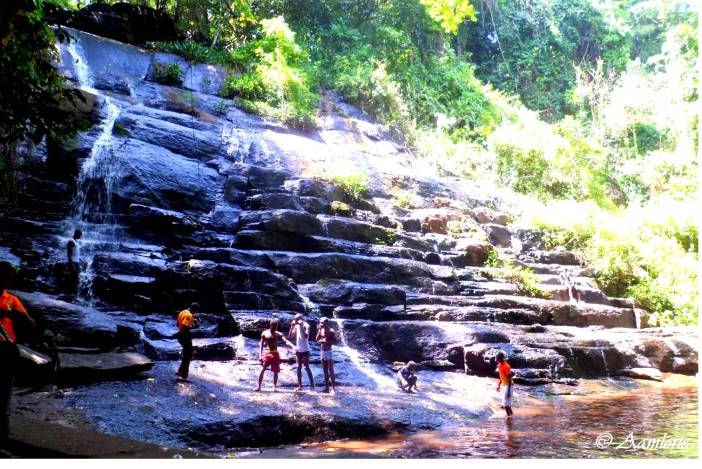
After about 3 km, we discover the waterfalls of the village of Zadepleu..
- 22) Climb to the top of Mount Tonkoui.

.It is the second highest mountain in the country. At the top you can see Liberia and Guinea.
- 23) Visit of the Man’s tooth..
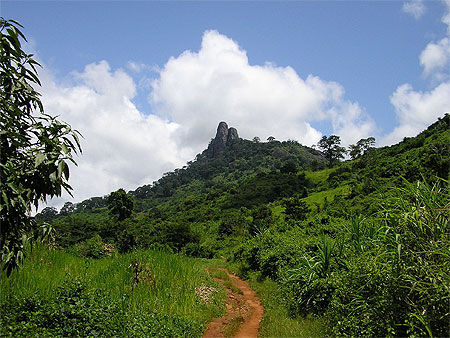
it is a natural mountain in tooth..
- 24) Visit to the liana bridge..
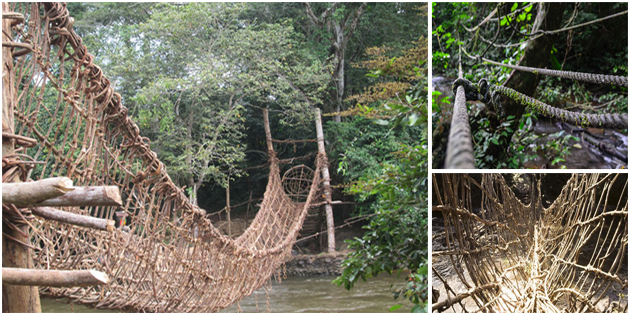
Among the Yacouba, liana bridges are a specific cultural heritage between communities..
- 25) Visit to the villages of Biankouma, Gouéssésso, Spitou and Danané.
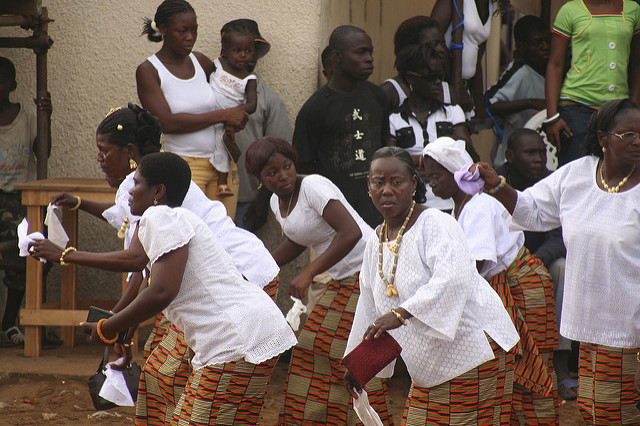
There are markets where you can see dancers on stilts and buy masks.
If you have more time, I advise you to visit the people and discover the Yacouba, Baoulé, Lobi, Malinké and Sénoufo country. You will discover the traditional dances and shows, as well as the magnificent work of the Ivorian craftsmen.
|
|
What do you think about it?
